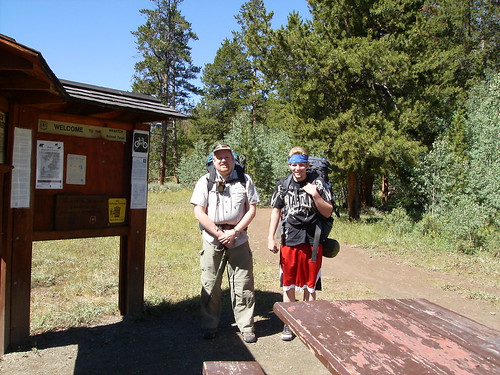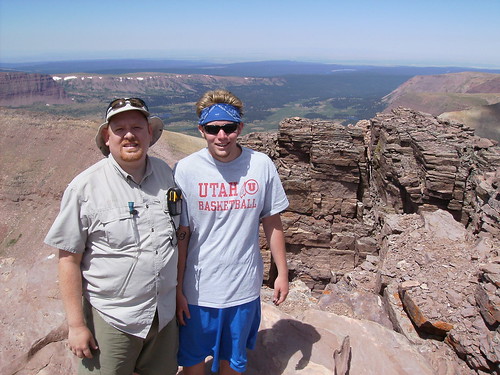It's not what, but where that counts the most...
The first thing I tell anyone asking about buying a new bike is that the best choice they can make is to go to their Local Bike Shop (LBS). There are a number of advantages to buying from your LBS rather than a department or discount store:
- Qualified sales staff - if you ask them your question they should ask about the way you plan to ride and can match you to the right bike.
- The bikes are higher quality, even at the bottom end of the catalog.
- The bikes have been properly assembled by qualified mechanics.
- Service is available after the sale, usually for free for a year or at a steep discount.
- Usually any accessories you buy with the bike will be discounted.
Before you head to the LBS you should have a good idea of how and where you are going to ride your fancy new bike. Most people who are buying a first bike are looking to:
- Ride around the neighborhood for fitness and fun
- Ride parkways and paths (remember a car carrier to get the bike to the parkway if you live more than a couple miles away)
- Ride in a charity ride like an MS-150 or a Tour de Cure
- Replace local/short car trips and errands with bike trips
- Commute to work
The Test Ride
For most of the uses listed above, a bike in the 'cross' (not cyclocross), 'comfort' or 'hybrid' categories would be perfectly suitable. The key is to take as long a test ride as the store will let you. Bring your helmet, and wear the clothing you will normally wear when riding for your primary use. You want to make sure you are comfortable on the bike. Go back to the shop and have it adjusted and try again if something doesn't feel right.
Other Categories
The uses above are what most people list when they say they want to buy a first bike. There are other uses, and a lot of other categories. You may want to do technical or long distance mountain bike rides where a full-suspension bike would be appropriate. You may want to commute only, and might have a fairly flat route to work, in which case a trendy single-speed may be just the ticket.
The key is to tell the worker at your LBS what you want to do, listen to their suggestions, and try several models before you buy.



